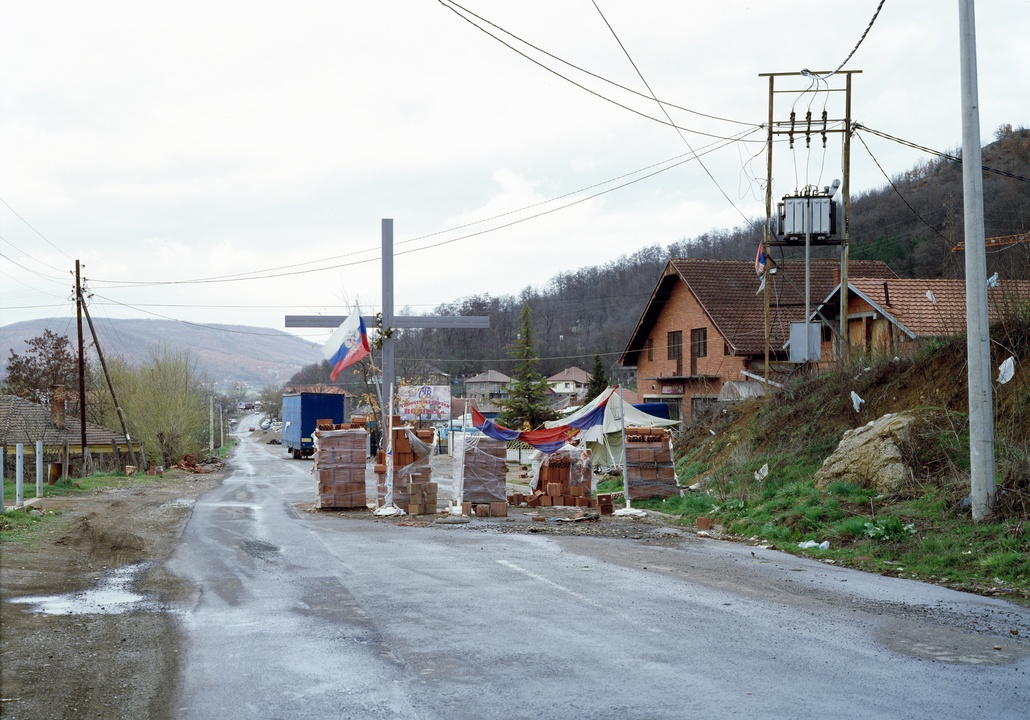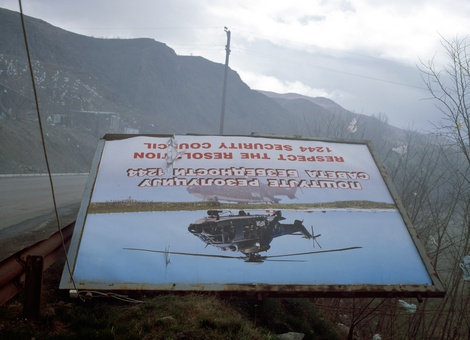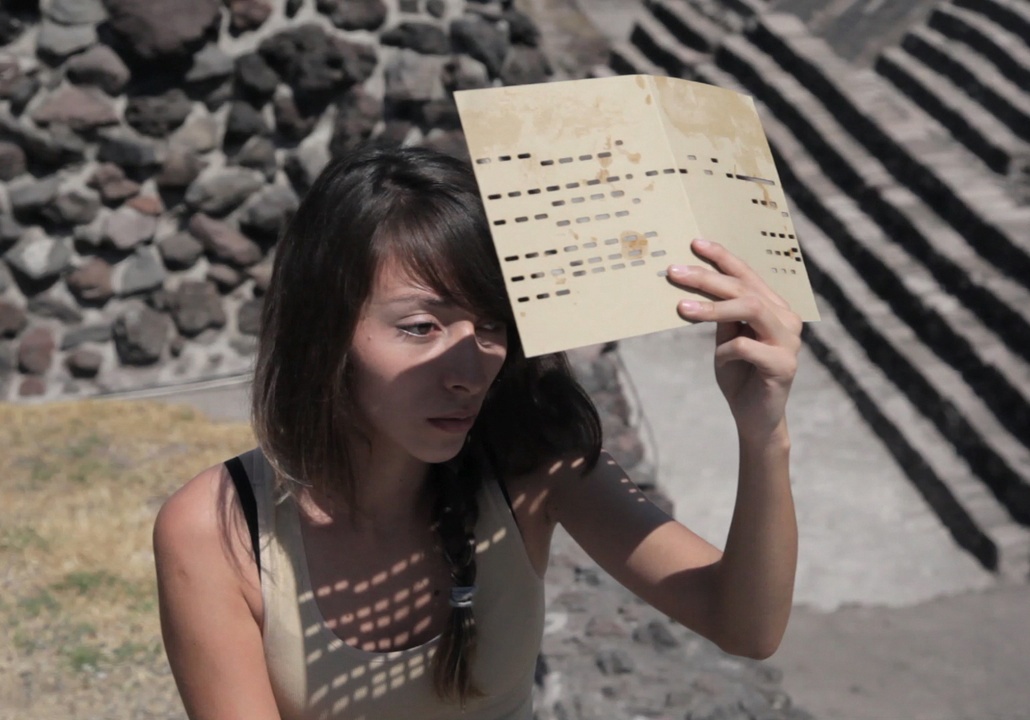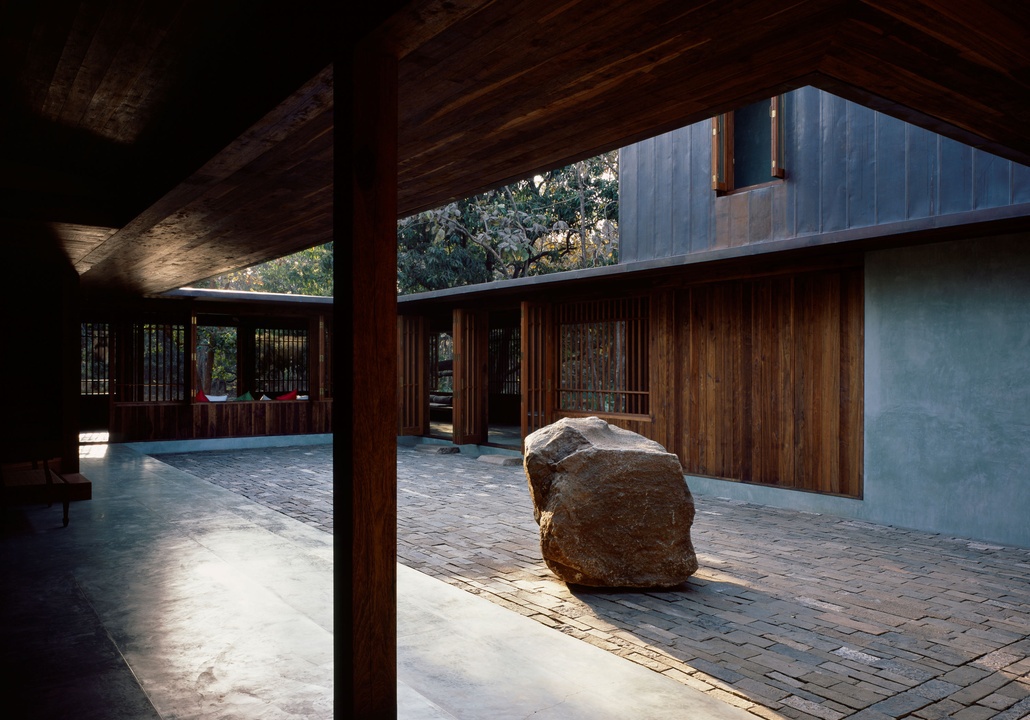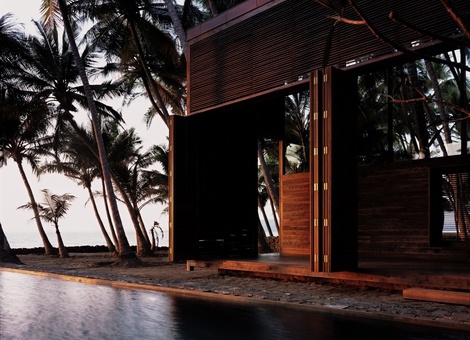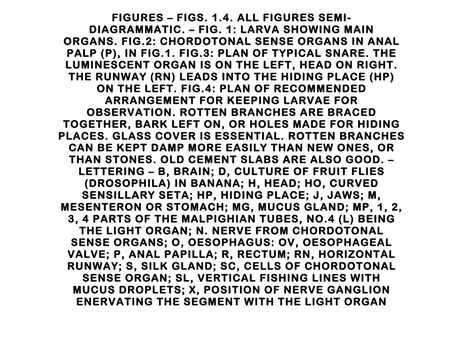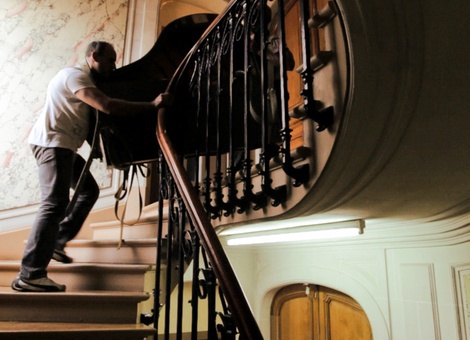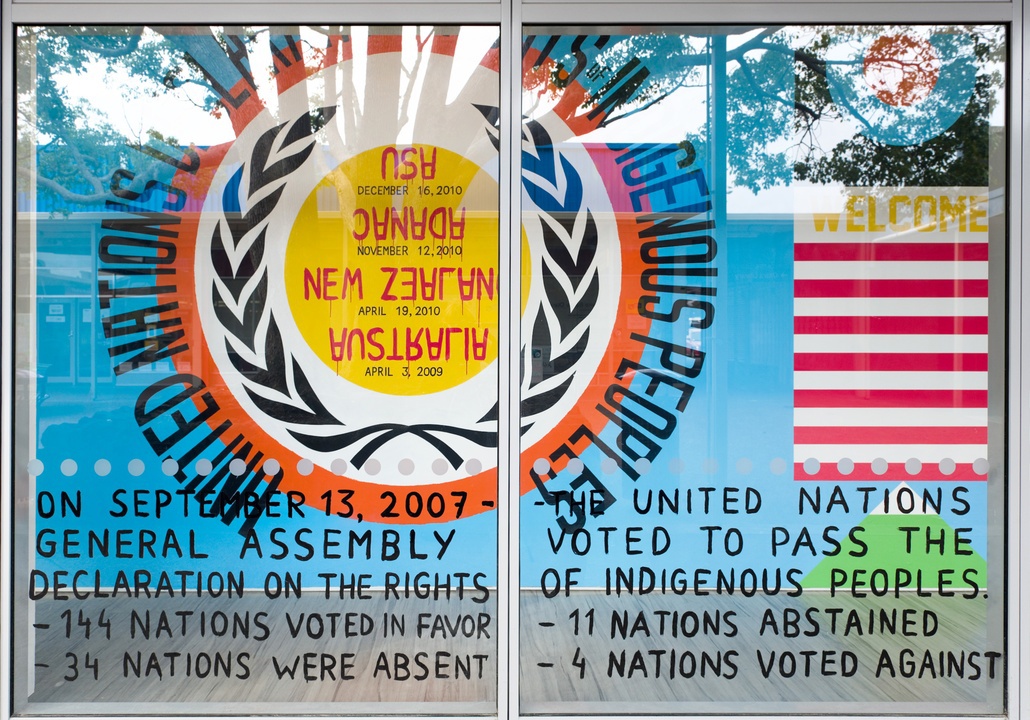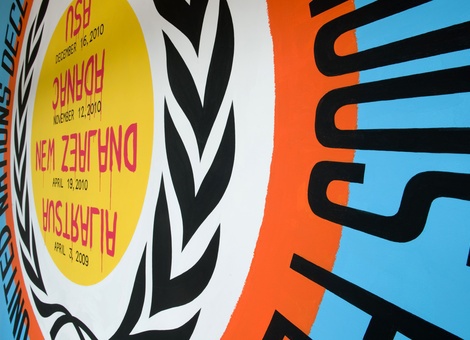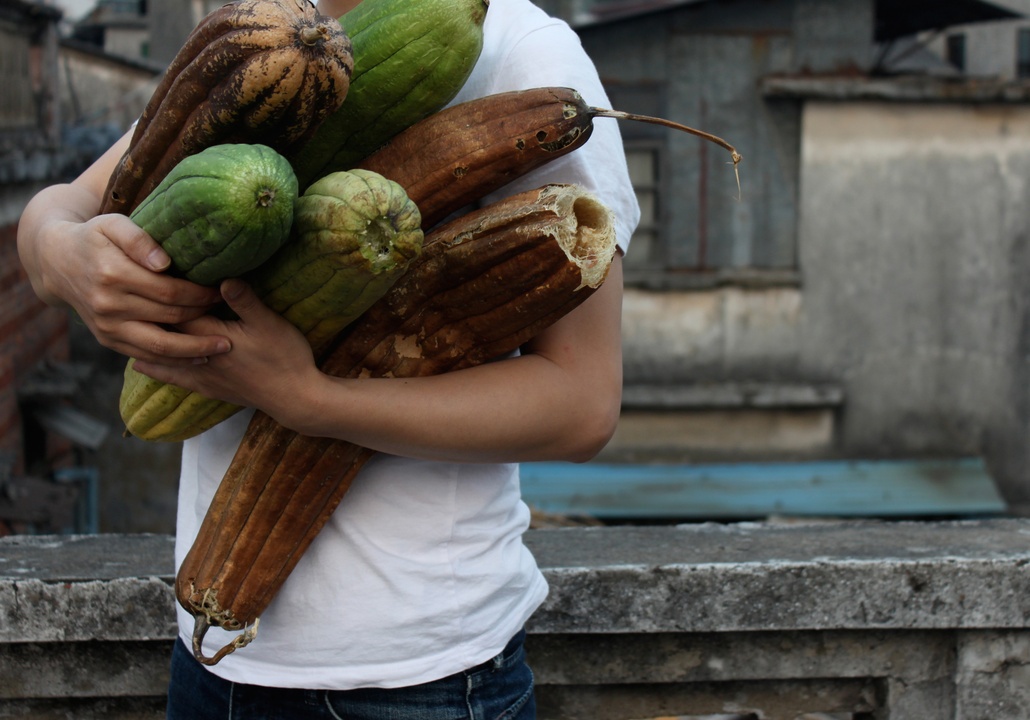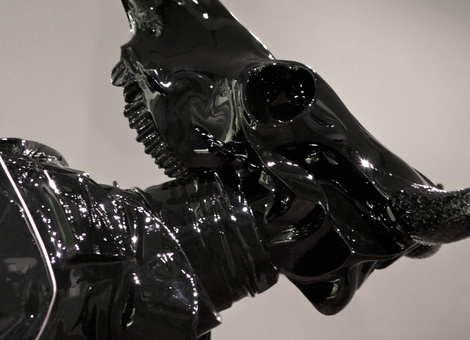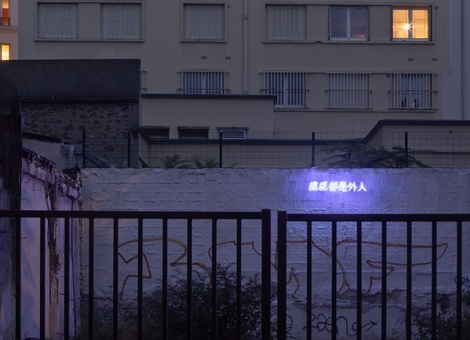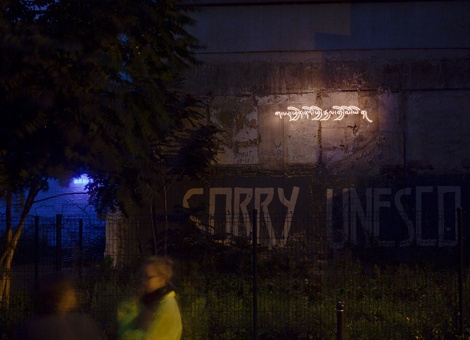Yangjiang Group
Venue
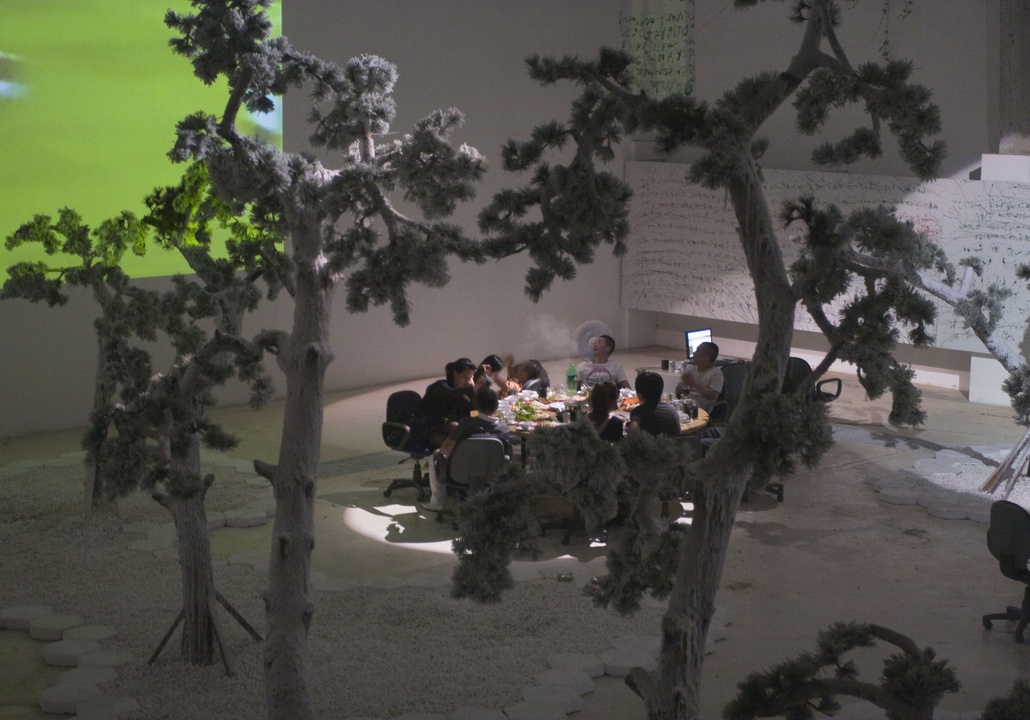
The Garden of Pine – As Fierce as a Tiger II, 2010
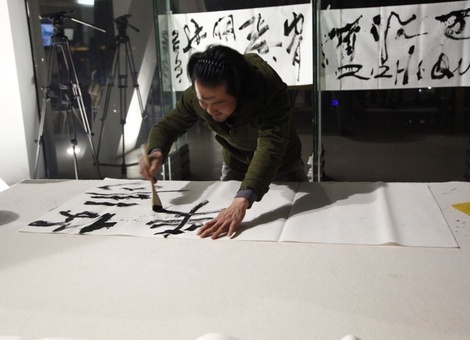
One Cannot Break the Law Without Upholding the Law. All Laws Must Be Broken, 2013
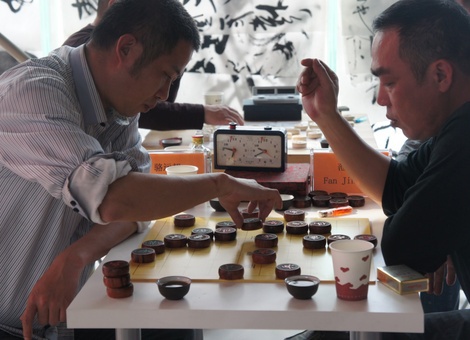
One Cannot Break the Law Without Upholding the Law. All Laws Must Be Broken, 2013
(formed 2002) Live and work in Yangjiang, Guangdong Province, China
Zheng Guogu Born 1970, Yangjiang, Guangdong Province, China
Chen Zaiyan Born 1971, Yangchun, Guangdong Province, China
Sun Qinglin Born 1974, Yangjiang, Guangdong Province, China
Yangjiang Group was founded in 2002 by Zheng Guogu, Chen Zaiyan and Sun Qinglin in Yangjiang, China. The direction of their work is driven by Chinese classical philosophy, the traditions of Chinese calligraphy, and notions of social transformation. In the 2009 Lyon Biennale Yangjiang Group created The Pine Garden – As Fierce As a Tiger, a work which brought art, football and chance together in a traditional Chinese garden setting.
Selected exhibitions (solo):
Yangjiang Group – After Dinner Shu Fa at Cricket Pavilion, Eastside Projects, Birmingham, 2012; Garden of Pine – Also Fierce Than Tiger II, Tang Contemporary Art Centre, Beijing, 2010. Selected exhibitions (group): 10th Lyon Biennale, 2009; Sprout from White Nights, Bonniers Konsthall, Stockholm, 2008; dOCUMENTA (12), Kassel, 2007; The Second Guangzhou Triennial-BEYOND: An Extraordinary Space of Experimentation for Modernization, Guangdong Museum of Art, 2005.
‘... a place where we learn about ourselves ... in this historical moment, this society, this city and this way of life.’
Echo Janman, Public Programmes Manager, Elam School of Fine Arts, The University of Auckland
Shu Tu Tong Gui
2013
George Fraser Gallery(Calligraphy and Scratching Leading to the Same Thing)
participatory community event, tea residue, calligraphy
courtesy of the artists and Tang Contemporary Art, Beijing
